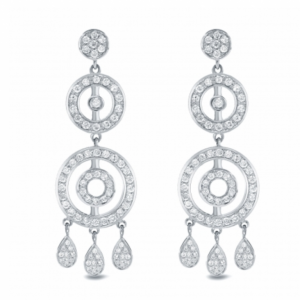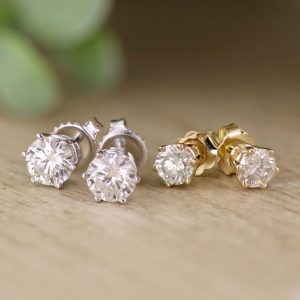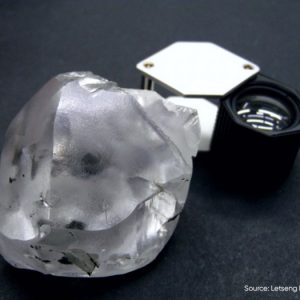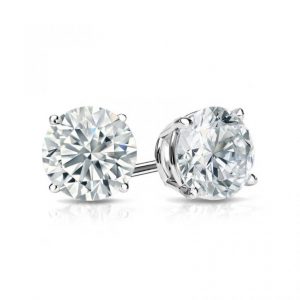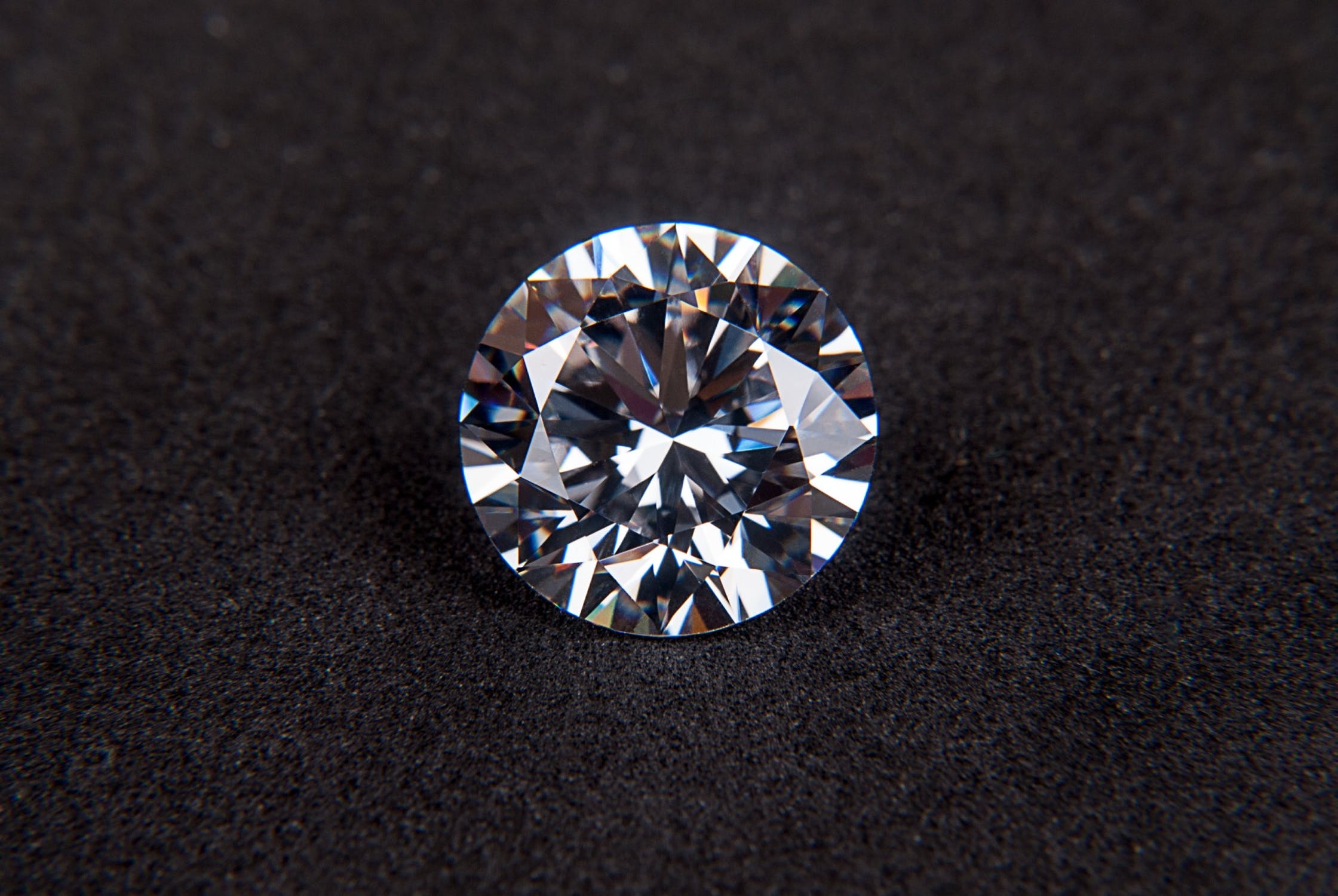
Diamonds come with grading reports, which are an official grading of their qualities. But have you ever wondered how diamonds are graded? Or who grades them? In this post, we’ll take a closer look at how diamond experts grade the 4Cs (color, cut, clarity, and carat) to determine a diamond’s quality.
Who Grades Diamonds?
First, let’s quickly talk about who grades diamonds. Diamonds are graded by diamond grading organizations like the GIA (Gemological Institute of America) and EGL USA (European Gemological Laboratories). Using specialized equipment, diamonds are analyzed and graded for quality. Three of the 4Cs are somewhat subjective (cut, color, and clarity), while carat is an objective measurement of a diamond’s weight. The people who grade diamonds at these official organizations are certified gemologists who have been trained to use the proper equipment to analyze diamonds, then give them an accurate grading.
Now, let’s move on each of the 4Cs and talk about their scales and how appraisers use equipment to grade them.
Carat
While many people confuse carat with a diamond’s size, carat is a simple measurement of weight (though carat can give you a general idea of a diamond’s size). When analyzing carat, grading organizations use an extremely accurate electronic micro-balance machine to weigh diamonds to their fifth decimal place.
Color
Color is a measurement of how colorless a white diamond is. Diamonds are graded on a scale of D (completely colorless) to Z (lightly colored). To determine a diamond’s color, diamond graders place the diamond in a standardized viewing environment and compare each diamond to “color masters,” records of the color of each diamond color grade.
Because color is a subjective grading that must be done by the human eye, some organizations, including the GIA, have multiple graders evaluate each diamond independently. Then, the diamond is only assigned a grade when these separate graders have come to a consensus.
Clarity
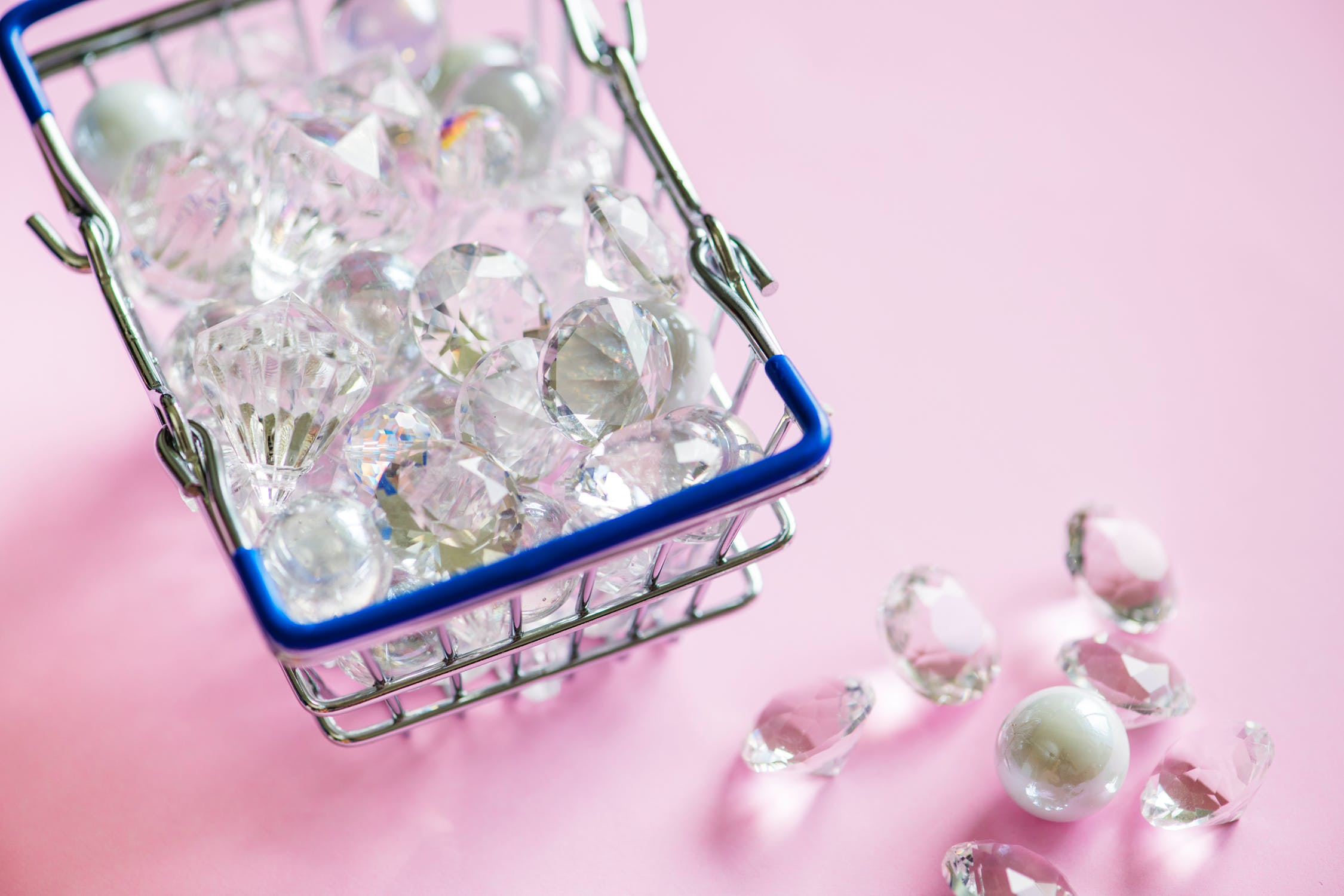
Clarity is a measurement of how flawless a diamond is, both internally and externally. Internal flaws are called inclusions and external flaws are called blemishes. It’s extremely rare for diamonds to be be completely flawless, though many diamonds have flaws that can only be seen under magnification.
To determine a diamond’s clarity, grading organizations view diamonds under magnification, looking for inclusions and exclusions and any evidence of clarity treatments. Then, they rank them on the following scale:
FL – Flawless
IF – Internally Flawless
VVS1 to VVS2 – Very, Very Slightly Included
VS1 to VS2 – Very Slightly Included
SI1 to SI2 – Slightly Included
I1 to I2 to I3 – Included
Because clarity is a subjective grading like color, some diamond grading organizations such as the GIA also use at least two graders when determining clarity. The graders must come to a consensus about the diamond’s clarity before it is officially graded.
Cut
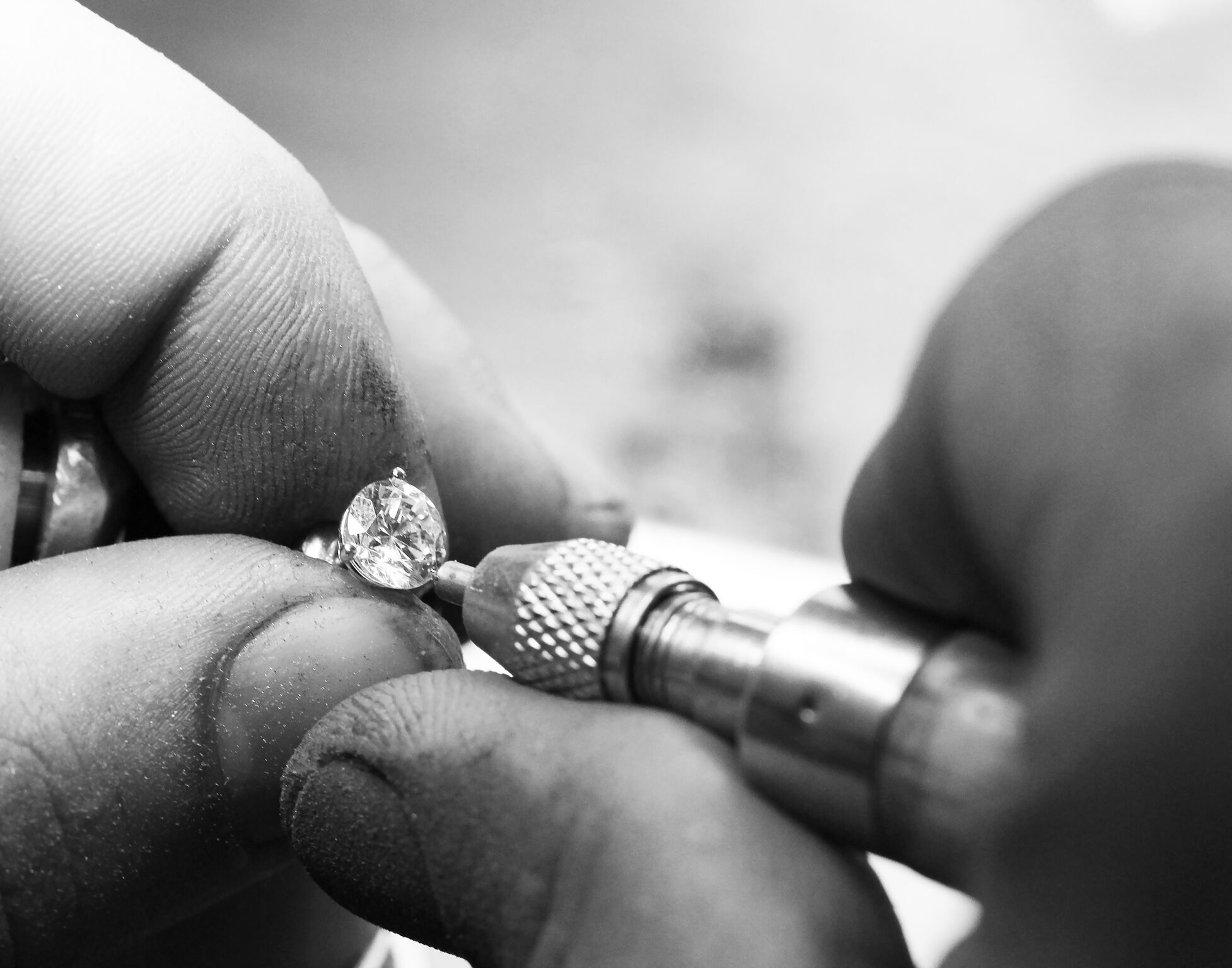
Cut is a grading of how well a diamond was cut, which has a major impact on how a diamond captures light. Cut is graded on a scale of excellent to poor. When analyzing cut, diamond graders calculate the proportions of each diamond facet, then determine how these proportions affect a diamond’s ability to capture light.
Cut is one of the trickiest of the 4Cs to evaluate, as it requires meticulous attention to detail and a high level of expertise. The data graders collect must be compared to millions of diamond cut proportions when determining cut grade. Because it is a complex process, diamond grading organizations have rigorous standards and practices in place for evaluating cut grade.







 1-855-969-7883
1-855-969-7883 info@diamondstuds.com
info@diamondstuds.com



